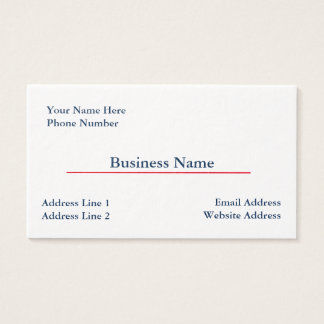In terms of the actual data, 12 months ago I had just 52 visitors arriving at my site after clicking through from a search engine. Last month, this had grown to 814 visitors. And it’s likely to just keep on growing…
So what’s the strategy?
In brief, it involves creating and publishing content to my blog on a weekly basis, coupled with sharing it on social media. So nothing too out the ordinary. Yes, basically, blogging. But with a bit of magic sauce thrown in. What’s the magic sauce? Thought you’d never ask…
Firstly, I followed a specific content creation strategy that I’ll share with you shortly.
Secondly, I’ve also been repurposing the content by turning the posts into articles (like this one) for publication on different sites, creating presentations for SlideShare, videos for YouTube, and more.
This helps build up a rounded link profile to support the ranking of my posts in the SERPs (search engine results pages).
Plus, of course, it attracts additional traffic in its own right.
YouTube for example is the world’s second largest search engine. SlideShare is in the top 200 sites worldwide and another source of high quality traffic.
Repurposing also provides more content I can share on social to keep in front of my social audiences and build more authority and credibility.
If you want online visibility, content repurposing is where it’s at.
My Content Creation Strategy
For the posts on my blog, I have developed a five-point content creation strategy to maximize my search visibility.
1. Keyword Research
I don’t do keyword research for every post I create, but it can be helpful for determining what to write about so that you potentially reach the maximum number of people.
For example, I may have a rough idea of the topic I want to write about. Some keyword research will help indicate a particular keyword to focus on, where there’s a higher potential for me to rank and attract traffic.
I’ll use the Yoast WordPress plugin to help optimize the post for the keyword.
But at all times, my No. 1 priority is value for the visitor. I write for the reader, not the search engines. And paradoxically, that helps you rank well.
2. Create Longer Content
Research shows that longer content ranks more highly in the search engines. This could be for a number of reasons, for example:
• Longer content will keep people on the page for a longer period of time, which helps rankings.
• It provides more value and more reasons for other sites to link to and share the content, again helping rankings.
I, therefore, focus on creating posts that are at least 2,000 words. Often they go over 3,000 words and can be up to around 5,000 words.
This isn’t about stretching out a thin topic to breaking point for the sake of reaching a predefined word count.
But it is about:
(a) Writing on a topic that’s meaty enough to reach a high word count naturally; and
(b) Providing lots of value to the visitor by going into the topic in depth, and providing as much helpful information as I can.
3. Use Images
I always add images into the post, and particularly a ‘Featured Image’ that shows at the top and elsewhere on the site.
The latter helps with engagement on social, so means more people click through to the content, they’re more likely to share it, and so on.
The Featured Image is also useful when repurposing the content. For example, it can be re-used as the thumbnail for YouTube video, the cover page for a SlideShare presentation, and as a cover image to use when posting the content to LinkedIn Pulse and elsewhere.
I include other images within the post itself to help break up the text and to provide more value to the reader. For example, I might provide an image of using a site I mention, or a chart that helps visualize some data.
4. Optimize for Opt-Ins
Of course, attracting traffic to your site is of little use unless it has some benefit for your business.
The key is to maximize the number of visitors you are able to convert into leads for your business.
One way to do this is to create content upgrades for your posts. This offers content of additional value, directly relevant to the post in question, in exchange for an e-mail address.
It can be as simple as a PDF version of the information in the post. Or perhaps some additional information that is only available to those who choose to opt-in.
5. Adjust the Meta Description
In WordPress, you can use the Yoast plugin to adjust the meta description for each post. The meta description is what can show for the web page when it’s listed in the SERPs.
Through careful crafting of the text, you can boost the number of people clicking through to your webpage, rather than that of competing sites in the SERPs. This can help your ranking to improve over time and attract more traffic longer term.
The most important factor though is to publish content on a consistent basis. This builds the authority of your site, and means you develop lots of content over time, giving you more rankings across a wide range of related keywords, and more search visibility.
By following this strategy and combining it with content repurposing and social media, you create the type of website that is almost pre-programmed to attract increasing amounts of traffic over time.
15% Off All Business Cards
VIEW ALL
$23.25
$60.05
$60.05

$44.25
$44.25
$58.55
$68.95
$65.40
$60.05
















